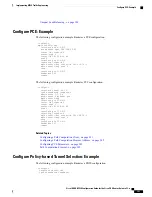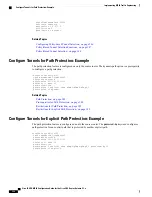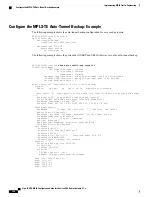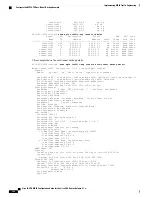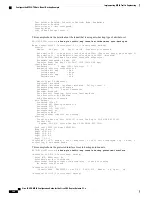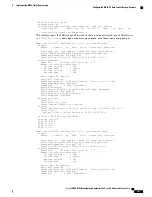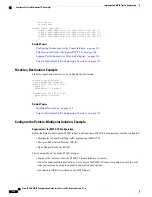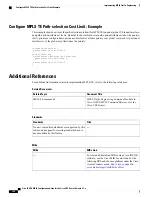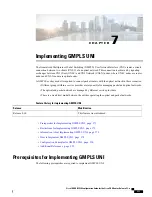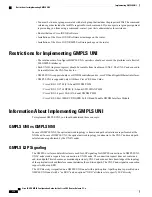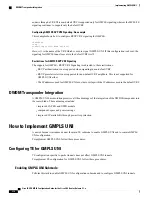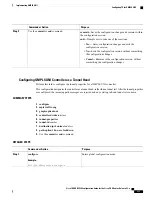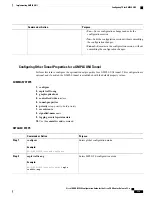
fast-reroute
record-route
!
explicit-path name PATH7
index 1 next-address strict ipv4 unicast 192.168.7.2
index 2 next-address strict ipv4 unicast 192.168.7.1
index 3 next-address strict ipv4 unicast 192.168.16.1
index 4 next-address strict ipv4 unicast 192.168.16.2
!
Related Topics
Configuring Destinations for the Tunnel Interface, on page 311
Path Option for Point-to-Multipoint RSVP-TE, on page 196
Logging Per Destinations for Point-to-Multipoint , on page 316
Point-to-Multipoint Traffic-Engineering Overview, on page 193
Disable a Destination: Example
From the tunnel-mte interface, you can disable the destination.
interface tunnel-mte101
ipv4 unnumbered Loopback0
destination 150.150.150.150
disable
path-option 10 dynamic
!
destination 150.150.150.150
path-option 2 dynamic
!
!
Related Topics
Disabling Destinations, on page 314
Point-to-Multipoint Traffic-Engineering Overview, on page 193
Configure the Point-to-Multipoint Solution: Example
Requirements for MPLS-TE Configuration
Before the Point-to-Multipoint (P2MP) tunnel is defined, these MPLS-TE requirements must be configured:
•
Multiprotocol Label Switching traffic engineering (MPLS-TE)
•
Resource ReSerVation Protocol (RSVP)
•
Open Shortest Path First (OSPF)
This example shows the entire P2MP solution:
•
Source is the location where the P2MP-TE tunnel interface is created.
•
Tunnel contains multiple destinations. For example, the P2MP-TE tunnel is configured with two leaf
node destinations by using the dynamic and explicit path options.
•
Fast-Reroute (FRR) is specified on the P2MP tunnel.
Cisco IOS XR MPLS Configuration Guide for the Cisco CRS Router, Release 5.1.x
364
Implementing MPLS Traffic Engineering
Configure Point-to-Multipoint TE: Examples


